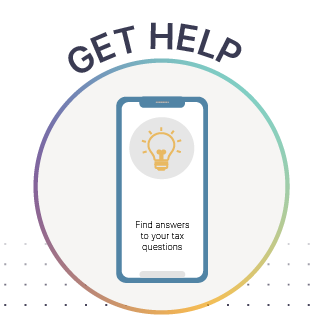Before you ask for a refund trace
If you asked for a direct deposit refund, double check the bank account information you provided to the IRS to be sure there were no mistakes on your tax return. The IRS assumes no responsibility for errors by you or your preparer. You should also check with your financial institution to make sure the mistake hasn’t been at their end.
The Protecting Americans from Tax Hikes (PATH) Act made the following changes, which became effective for the 2017 filing season, to help prevent revenue loss due to identity theft and refund fraud related to fabricated wages and withholdings:
- The IRS may not issue a credit or refund to you before February 15, if you claim the Earned Income Tax Credit (EITC) or Additional Child Tax Credit (ACTC) on your tax return.
- This change only affects returns claiming EITC or ACTC filed before February 15.
- The IRS will hold your entire refund, including any part of your refund not associated with the EITC or ACTC.
- Neither TAS, nor the IRS, can release any part of your refund before that date, even if you’re experiencing a financial hardship.
When can I ask the IRS to trace my refund?
Direct deposit: The IRS generally direct deposits refunds within 21 days after receiving your tax return. If you don’t receive your deposit within five days after the 21 days have passed, you can request a refund trace.
Paper check: If you don’t receive your refund check within six weeks of mailing your tax return to the IRS, you can request a refund trace.
Otherwise you should contact the Tax Return Preparer who helped file your tax return.
Once you’ve determined that your refund is really missing, you can ask the IRS to trace the refund.
If your filing status is single, married filing separate, or head of household:
If your filing status is married filing jointly, you need to complete Form 3911, Taxpayer Statement Regarding Refund, and mail it to the IRS address where you would normally file a paper tax return.
 800-829-1954 and use the automated system or speak with an IRS employee, or
800-829-1954 and use the automated system or speak with an IRS employee, or





